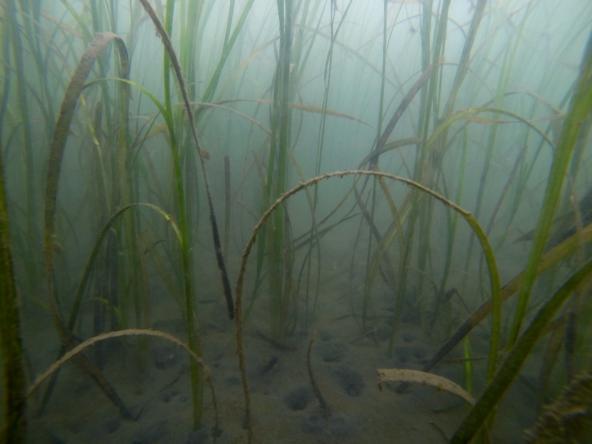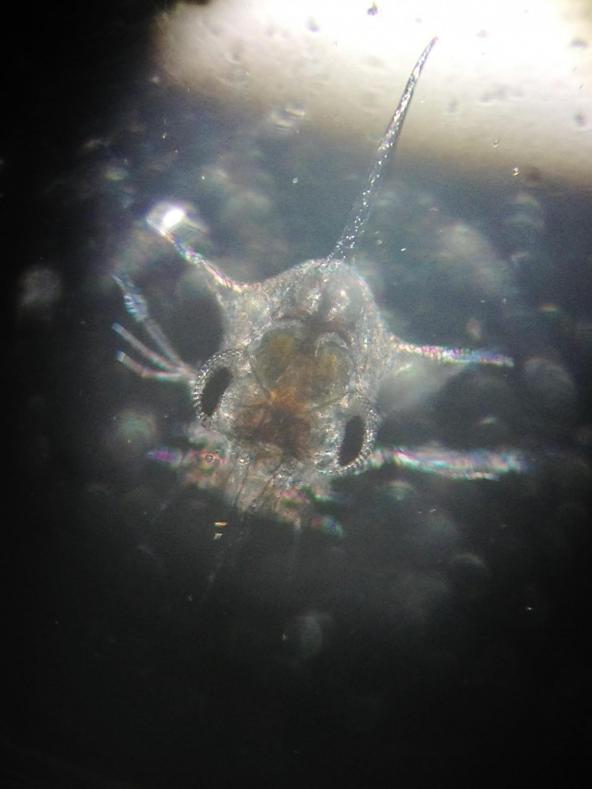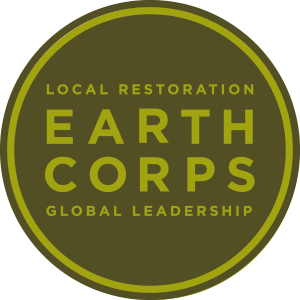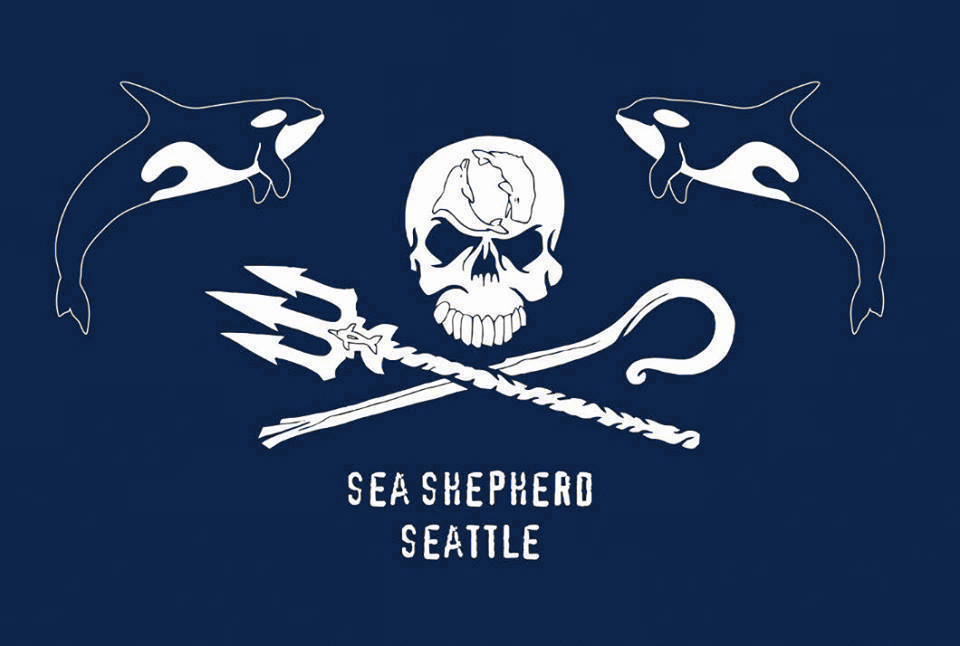
An eelgrass bed in Puget Sound. Photo courtesy of Oregon State University.
In a study this last April by Pacella et al., the authors projected the rise of carbon dioxide (CO2) in seagrass environments is about twice the projected rate of change in the open ocean. This indicates that these habitats and estuaries in general may be especially sensitive to ocean acidification. But what is ocean acidification?
According to the National Oceanic and Atmospheric Administration’s PMEL Carbon Program, ocean acidification is,
When carbon dioxide (CO2) is absorbed by seawater, chemical reactions occur that reduce seawater pH, carbonate ion concentration, and saturation states of biologically important calcium carbonate minerals. These chemical reactions are termed "ocean acidification" or "OA" for short. Calcium carbonate minerals are the building blocks for the skeletons and shells of many marine organisms. In areas where most life now congregates in the ocean, the seawater is supersaturated with respect to calcium carbonate minerals. This means there are abundant building blocks for calcifying organisms to build their skeletons and shells. However, continued ocean acidification is causing many parts of the ocean to become undersaturated with these minerals, which is likely to affect the ability of some organisms to produce and maintain their shells.
Seagrass habitats are integral to rich biological diversity. They also act as a buffer against global warming by taking up CO2 during photosynthesis. In the summer months, this process is increased due to the longer hours of available solar energy. However, plants and animals also respire CO2 into the waters, which authors of the study have found is increased at night and during the winter months.
The Encyclopedia of Puget Sound, a partnership with University of Washington and Puget Sound Institute, noted in an article published by Alex Stote in May 2018 that this process is referred to as “carbonate weather”. According to Stote, “[This] leads to relatively rapid local changes in carbon across the time of day and the season. Normally, they say, the environment is able to withstand this natural process, but human-caused CO2 from the atmosphere is starting to tip the balance.” In addition, the rise of CO2 in seagrass habitats is projected to increase two-fold by the year 2050, when compared to open ocean projected rate increases. The study indicates that estuaries and seagrass habitats will be especially sensitive to ocean acidification.
The study by Pacella et al., chose a study site of eelgrass habitat at the mouth of the of the Snohomish River in Washington, which feeds into Puget Sound. They used historical and their own study data to model predictive seasonal carbon levels between 1765 – 2100. What they found is that the winter months had higher carbon and acidity levels than summer, and that time was a major factor. Their models had shown that over time these levels increased dramatically. Stote notes, “ While the present scenario showed only a 60 – 70% difference in acidity from winter to summer, the future scenario predicts a 200 – 300% difference between seasons, which could harm some species.”
When Pacella presented a discussion at a 2018 Salish Sea Ecosystem Conference in Seattle, he had used the Dungeness crab as an example species on how they could be threatened due to increased ocean acidification. He used larval stage Dungeness crab (known as zoeae) in laboratory environments to show how the larvae die off at a higher rate when exposed to pH (acidity) levels below 7.5, which is increased acidity.

According to Stote, “Pacella’s models predict that by the year 2050, the winter levels will go below 7.5 and into dangerous territory for the crabs. This result is alarming because the Dungeness larval phase occurs during the winter months, which coincides with the period of highest acidity in the water.”
However, Pacella does emphasize that under natural conditions, the model doesn’t entirely indicate mass larval die-offs. But, unknowns in seasonal patterns and ocean acidification, and the need for more understanding of those factors, will be crucial in predicting how acidification will affect different organisms and their ecosystems.
The good news? The study’s authors say that seagrass may be able to provide a buffer against ocean acidification in the future as CO2 levels rise dramatically in the atmosphere. Though, in the short-term, species may still be threatened by increased acidification. According to the study, “Seagrass habitat metabolism drives these short-term extreme events, yet ultimately reduces organismal exposure to harmful conditions in future high-CO2 scenarios.”
More studies are needed to determine how ocean acidification is going to affect different species, their habitats, and overall ecosystem health. There has been sampling outside of seagrass habitats in Puget Sound that show similar shifts. The Washington Department of Ecology did sampling between 2014 – 2015 of surface waters and found higher amounts of carbon and acidity, according to a study. What is clear is that ocean acidification isn’t just a problem in the coral reefs. It’s a problem that has the potential to affect species across many longitudes, and a problem that needs to be taken seriously with more funding dedicated to research and mitigation strategies.
Special consideration and thanks to Alex Stote’s article with the Encyclopedia of Puget Sound.


